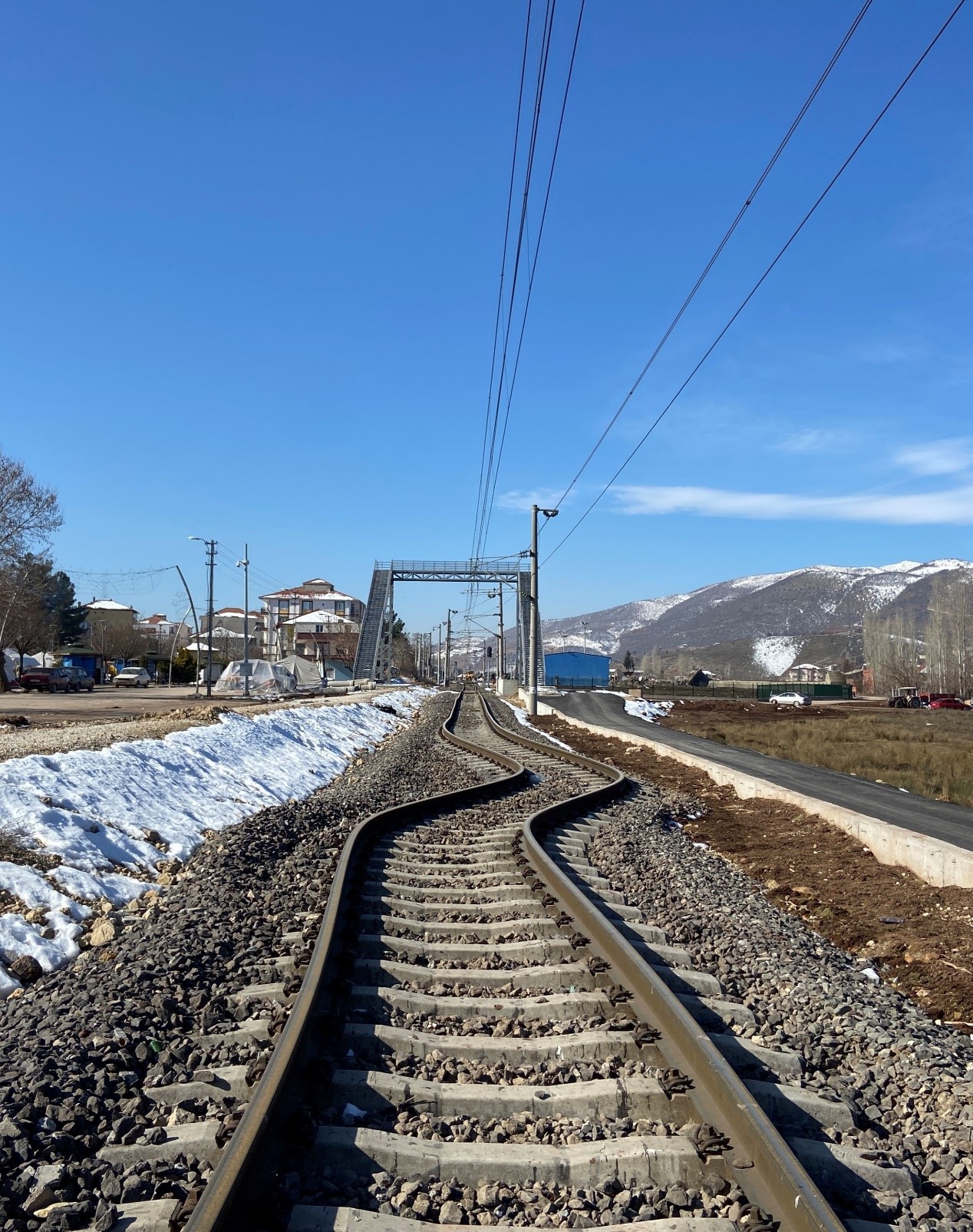Surface deformations of the 6 February 2023
earthquake sequence, eastern Türkiye
Authors
Jiannan Mengt, Timothy Kuskyt*, Walter D. Mooney*, Erdin Bozkurt, Mehmet Nuri Bodur, and Lu Wang
tdual first authors
*two communicating authors
The 6 Feb. 2023 earthquakes of eastern Turkiye were the most devastating in the region for the past century. Researchers from China University of Geosciences, US Geological Survey, and Middle East Technical University were on the scene one day after the quakes, and used drones and field surveys to make the most detailed maps of a major continental earthquake ever, so soon after major earthquakes. The surface deformation, together with the geophysical data show that the rupture sequence started slowly on the Africa/Arabia plate boundary, and when the rupture hit the Arabia/Anatolia boundary, it exploded, like a bullet hitting a bomb, and activated the entire East Anatolian fault system, causing the vast destruction. Lessons learned will help protect other communities in earthquake prone areas in the future.


Strongly deformed railway track after the 2023 Turkey earthquake sequence, resulting from both ground shaking and liquefaction. The railway track has been moved around 2 meters horizontally. Photo: Jiannan Meng
Jiannan Meng, Timothy Kusky*, Walter D. Mooney*, Erdin Bozkurt, Mehmet Nuri Bodur, Lu Wang. Surface Deformations of the February 6, 2023 Earthquake Sequence, eastern Türkiye, Science 383, 298-305 (2024). DOI: https://doi.org/10.1126/science.adj3770
Free-access, reprint link:  https://www.science.org/stoken/author-tokens/ST-1658/full
https://www.science.org/stoken/author-tokens/ST-1658/full